Important Water Crisis Facts & Stats
Important Water Crisis Facts & Stats
Facts & Stats provided by the World Health Organization, UNICEF, United Nations, World Bank, Food & Water Watch, & Global Water Institute.
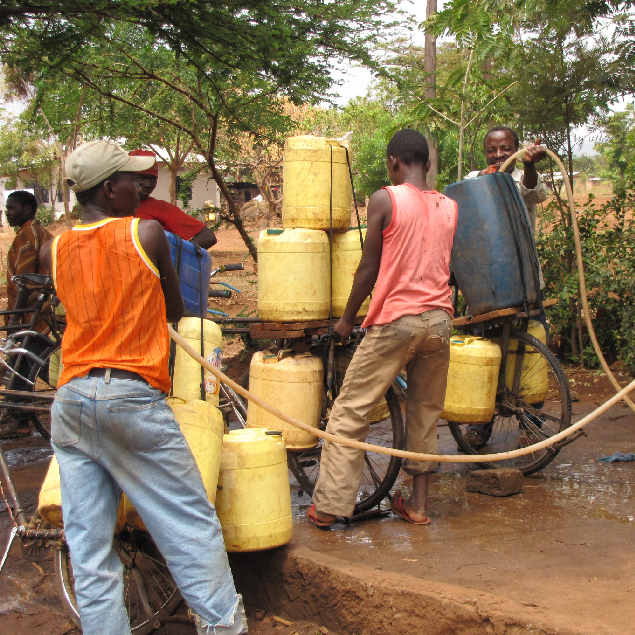
1.) THIS IS A SHOCKING FACT! 1/3 of what the world spends on bottled water per year would pay to provide water to everyone in the world.
2.) The average distance a young girl walks to collect water is 3.7 miles. (BTW, men & boys do not collect water)
3.) Globally, at least 2 billion people use a drinking water source that is severely contaminated with human feces.
4.) More people die from using unclean water (perhaps their only source) than from all other forms of violence and war combined
5.) THIS IS A SHOCKING FACT! Lack of access to clean drinking water kills children at a rate equivalent to a Jumbo Jet crashing every four hours a day. Day after day!
6.) Diarrhea kills 2,195 children EVERY DAY—more than AIDS, malaria, and measles combined—generally caused by lack of access to clean water and sanitation services.
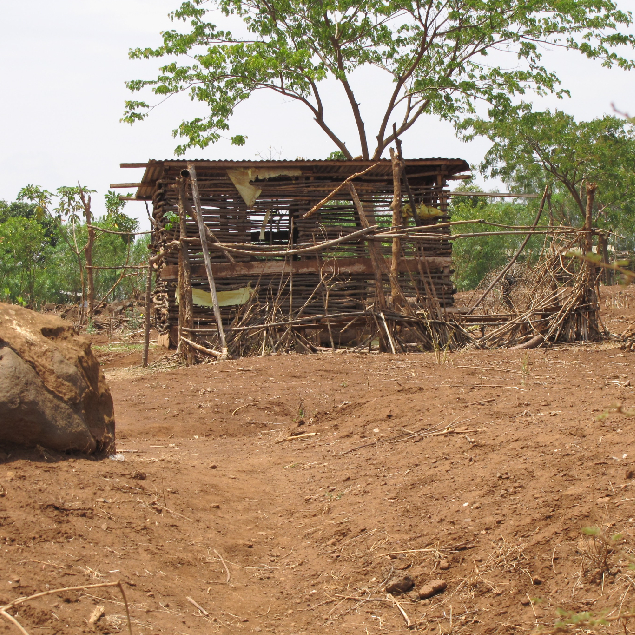
7.) 1 million deaths each year are associated with unclean births. Infections account for 26% of neonatal deaths and 11% of maternal mortality.
8.) According to the United Nations Convention to Combat Desertification (UNCCD), water scarcity will displace between 24 million and 700 million people all over the world by the end of the next decade.
9.) Every day, young girls, and women (not men) around the world spend on average 200 million hours collecting water for their families. According to UNICEF, in Africa, one round trip to collect water on an average takes 90 minutes, usually carrying back home two five-gallon containers weighing 40 pounds each.
10.) The United Nations estimates that Africa alone loses over 40 BILLION hours per year collecting water. That’s the same as a years’ worth of labor by the entire workforce of France.
11.) 443 million school days are lost because of water-related diseases. You can go without food for five to six weeks and still survive, but without water, life comes to a screaming halt in about three to five days.
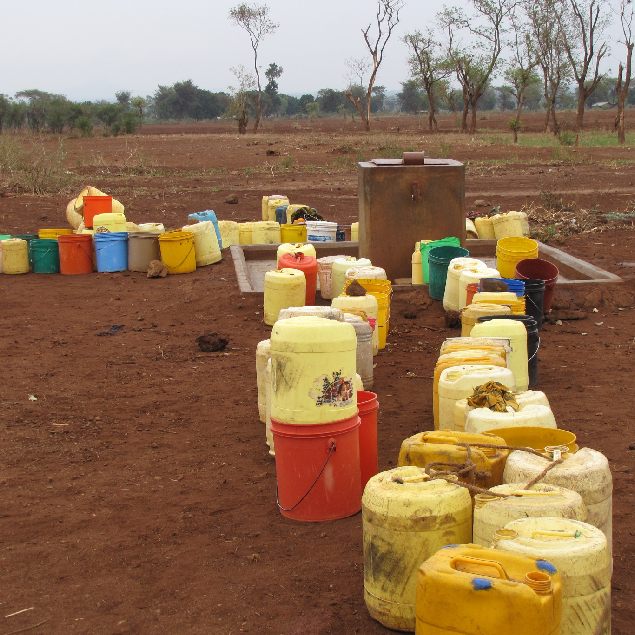
12.) A third of the world’s biggest underground water systems are already dry. Waterborne illnesses are a serious problem all over the world. According to UNICEF, a lack of clean water access leads to the deaths of 1.6 million kids each year. Most of these children live in developing countries and are younger than five years old. The health consequences of contaminated water include stomach problems, diarrhea, dehydration, and death. Adults suffer the effects of unclean water as well. When the Vibrio cholerae bacterium contaminates water, people who drink it get cholera. Cholera kills between 121,000 to 143,000 people every year.
13.) 1 in 3 people – (2.3 billion people) – around the world lack basic hand washing facilities at home.
14.) Universal access to safe drinking water and adequate sanitation and hygiene would reduce the global disease burden by 10%.
15.) 785 million people lack even a basic drinking water service, including 144 million people who are dependent on surface water.
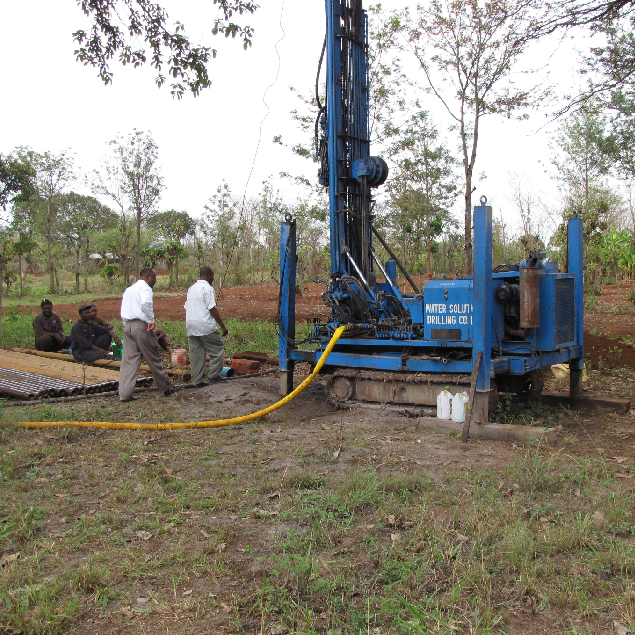
16.) Because of climate change and pollution, the world’s supply of drinkable water is quickly running out. The agricultural industry uses most of the world’s water and wastes huge amounts of it. More than 5 billion people will face severe water shortages if things don’t change.
17.) Today, 494 million people still practice open defecation.
18.) Children in poor environments often carry 1,000 parasitic worms in their bodies at a time.
19.) Contaminated water can transmit diseases such diarrhea, cholera, dysentery, typhoid, and polio.
20.) More than 1/2 of all primary schools in developing countries don’t have adequate water facilities and nearly 2/3 lack adequate sanitation.
21.) More than 80% of raw human feces sewage in developing countries is discharged directly into rivers, lakes, and coastal areas.
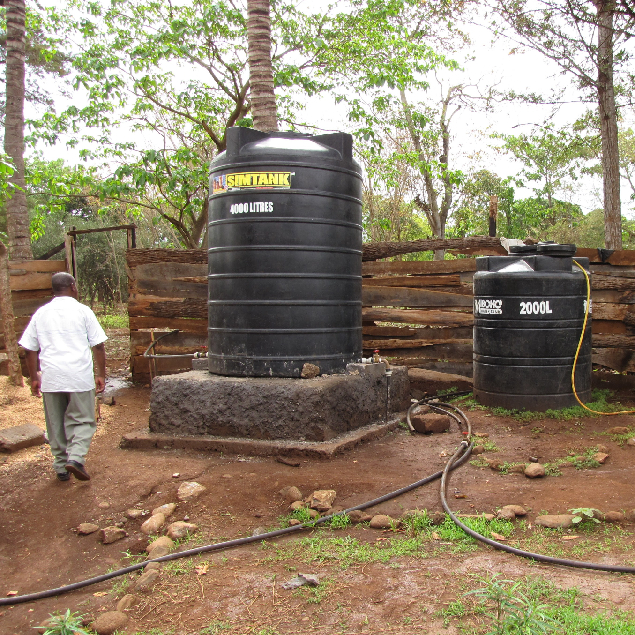
22.) Demand for clean water will increase proportionately with the projected population growth. The global population is expected to reach 9.7 billion within the next 30 years.
23.) Water scarcity will be the biggest defining issue of our time. The world population is forecasted to increase over the near future indicating that there will NOT or ever be an end to the world’s demand for water.
24.) Water scarcity currently affects 2.3 BILLION PEOPLE. Today this is approximately 31% of the world’s population. Over the next decade, this number is expected to rocket to over 2.7 BILLION!
25.) That is an increase of nearly two billion, or 24 percent. The demand for clean water will increase by 15 percent.
26.) The U.S. Intelligence Community Assessment of Global Water Security anticipates a 40 percent gap between the demand for water and the availability of water by the year 2030.
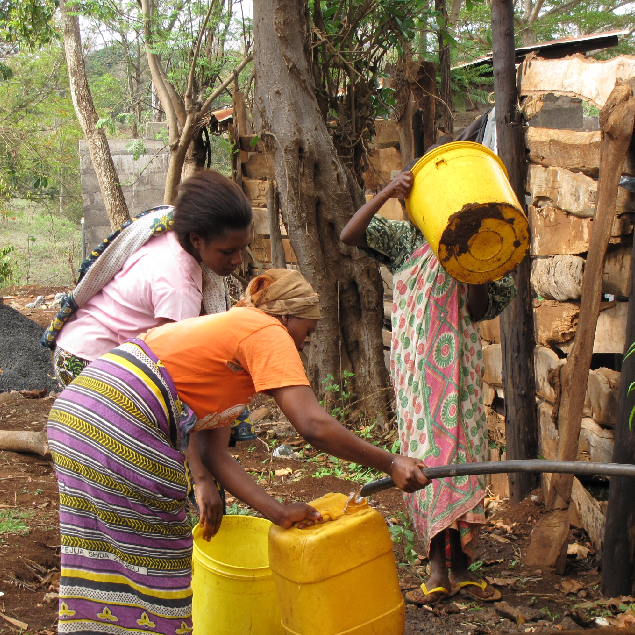
27.) Globally, farming accounts for approximately 70% of the world’s water usage. And competition for water resources is increasing due to demand and climate change.
28.) Several water-related diseases, including cholera and schistosomiasis, remain widespread across many developing countries, where only a very small fraction (in some cases less than 5%) of domestic and urban wastewater is treated prior to its release into the environment.
29.) Only 0.5% of water on Earth is useable and available freshwater – and climate change is dangerously affecting that supply. Over the past 20 years, terrestrial water storage – including soil moisture, snow and ice – has dropped at a rate of 1 cm per year, with major ramifications for water security.
30.) Over a fifth of the world’s basins have recently experienced either rapid increases in their surface water area indicative of flooding, a growth in reservoirs and newly inundated land; or rapid declines in surface water area indicating drying up of lakes, reservoirs, wetlands, floodplains, and seasonal water bodies
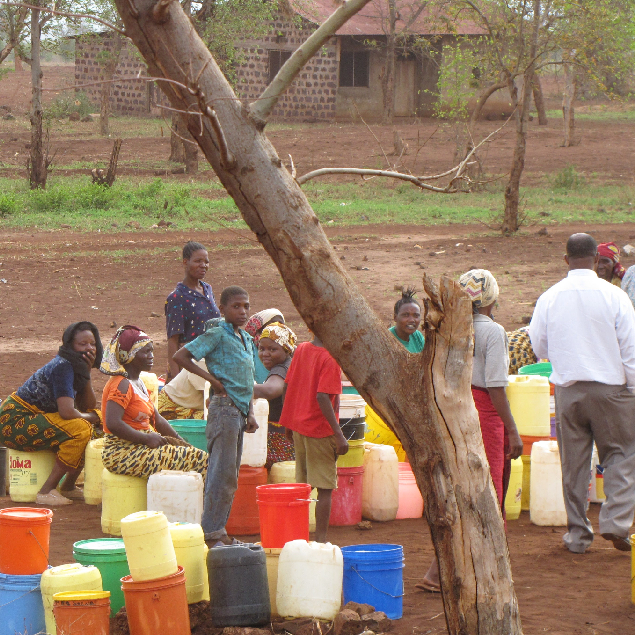
31.) 1.8 billion people still do not have drinking water on-premises, and in two out of three households, women are primarily responsible for water collection.
32.) 2 billion people still lack basic hygiene services, including 653 million with no facility at all.
33.) Unsafe water, sanitation and hygiene are responsible for the deaths of around 1,000 children under 5 every day.
34.) 462 million children attend schools with no handwashing facilities at all.
35.) 1.4 million deaths could be prevented each year with safe WASH.
36.) Today, 1 in 4 people – 2 billion people – around the world lack safely managed drinking water.
37.) Global water demand is projected to increase by 20 to 30% by 2050.
38.) Global water demand is projected to increase by 55% by 2050, mainly because of growing demands from manufacturing (400% increase).